January 24 - the birthday of the first Abkhaz professional pilot Meri Avidzba. She courageously fought on the fronts of the Great Patriotic War, and in the post-war years, she served much for her native Abkhazia.
Arifa Kapba
Sisters Avidzba, Meri and Hadjera, born on the same day on January 24, 1917, were both the first in the history of Abkhazia: Hadjera, the first Abkhaz professional pianist, and Meri, the first Abkhaz female pilot.
In Bataysk
Meri Avidzba, a graduate of the Sukhum school No. 10, dreamed of flying above the ground from the early age. Then pilot Viktor Argun recruited cadets at the Sukhum flight school, but the girl did not get there - she was late for the recruitment. However, she managed to enter the Red Banner School of the Civil Air Fleet named after Baranov in Bataysk (city in the Rostov region of the Russian Federation – ed.). School instructor Nina Golovinskaya later spoke of Meri as one of the most talented and diligent students.
Golovinskaya remembered well their very first acquaintance at a flight briefing: “She told about herself, and she couldn’t do it without fun. Her eyes were running and burning as embers. I listened and thought, this girl will not let you down. I immediately decided, as we, the instructors, say: she will become an intelligent ace”.
After graduating from the Bataysk flight school, Meri Avidzba got into the Sukhum flying club as an instructor: now she herself had to train pilots. However, before that it was necessary to prove to the whole society that she, a woman, really knows how to fly airplanes. The opportunity arose very soon. It was described in detail in the article about the aviator by the veteran of the Great Patriotic War, Alexander Tariya.
Not a pilot, but a female pilot
On August 18, 1936, at the festival in honor of the Day of the Air Fleet, Meri Avidzba made a demonstration flight in front of numerous spectators.
Tariya cites in his article the memoirs of Avidzba herself: “The old Abkhaz people did not believe that the girl would fly. Some even came and checked the plane in person: is there any stranger to assist in the flight. After making sure that the flight was carried out by me without help, everyone kissed me, wished me success in the air and <...> laid a big festive table.”
Until 1939, Mary Khafizovna worked at the Sukhum flying club, and then the club closed. Meri enrolled at the Military Medical Academy in Leningrad. It was there that she was caught by the news of a war that had come about. Avidzba immediately voluntarily came to the military commissariat and declared that her place was at the front. She was sent to a fighter school in Perm (city in the east of the European part of Russia - ed.).
“Cadets (admitted to the fighter school - ed.) would rather go to the front, but they had to master a new specialty first,” writes Alexander Tariya. - Meri learned that in the city of Engels (Saratov region of the Russian Federation - ed.) there is a military school of pilots, where an air unit is formed from female pilots. The formation of the air unit was carried out by the famous at that time pilot, Hero of the Soviet Union, Marina Raskova. I have to go to Engels, said Meri.”
Adding to the female regiment
In Engels, to her delight, she met friends from the Bataysk school. Meri herself was enrolled in an assault group. In December 1942, her part was relocated to the Caucasus, for battles with the enemy near Rostov, Taganrog, in the Salsk steppes and mountains. Meri was appointed navigator of the 46th Guards Light Bomber Night Aviation Regiment of the 4th Air Army of the 2nd Belarusian Front. After learning from the squadron commanders Polina Macagon and Lydia Svistunova, she herself began to make combat missions.
Meri Avidzba was one of the female pilots piloting the “fighters” during the Great Patriotic War. The Germans called them “night witches.”
They flew in groups: some attracted enemy fire to themselves, while others delivered precise and destructive blows. “It was not so easy to carry out combat missions when guns were shooting around, and anti-aircraft shells exploded near your plane,” Meri Avidzba said after the war, answering questions about this period of her legendary biography.
During the hostilities, Meri Avidzba made 477 sorties, spent over 1000 hours in the air, dropping 63 thousand tons of bomb cargo onto the enemy. She fought in the North Caucasus, the 4th Ukrainian and 2nd Belorussian fronts, participated in the liberation of the Crimea, Ukraine and Poland.
In the air, Meri was fearless, performing the most difficult tasks. On one of the nights of February 1943, she flew out to bombard the enemy forces three times with Polina Macagon. Later, Polina and Lydia Svistunova, who taught Meri everything she knew how to use in military aviation, died heroically.
“In September 1943, Nina Altsybeeva and Meri Avidzba were assigned to bomb Taman port, Alexander Tariya wrote about one case. The city had a lot of anti-aircraft guns, searchlights, it was not so easy to get closer to the goal, the girls understood, but they also understood that the task had to be carried out.” Having brought the plane closer to the city and already clearly seeing the port, Meri was in no hurry to drop the bomb on it: she suddenly realized that the Germans at that time were being transferred from Taman to the Crimea, which she immediately informed her partner. Later, this intelligence was highly appreciated by their leadership.
Wound and returning home
In 1944, the aircraft of Maria Rukavitsyna and Meri Avidzba, who successfully completed the combat mission, was hit by the enemy. Literally, by miracle the girls managed to land the plane. Meri received a severe spinal injury, which, however, she hid until the end of the war in order to remain in the ranks.
“She went to the military hospital only after the end of the war,” notes Rita Tarba, a senior researcher at the Abkhaz State Museum, she hid her pain for a long time after being wounded. The treatment took several years; she returned to the native Sukhum in a corset.”
A white silk scarf with M.H.A. initials embroidered on it, a leather hat and a pilot's glasses — these things, as well as many letters from the field mail, were donated personally to the Abkhaz State Museum by the first Abkhaz fermale pilot Meri Hafizovna Avidzba. “I remember her very well; she was a stately, prominent woman. In her walk a little, of course, the consequences of a serious injury were felt, but this did not prevent her from being very active,” recalls Rita Tarba.
After the end of World War II, Mary Khafizovna actively participated in public life. She was the chairperson of the parental committee of the Sukhum tenth school, participated in all activities related to the celebration of memorable dates of the Second World War.
Meri Avidzba died at the age of 69, April 12, 1986. Her name is forever in the history of Abkhazia. For the courage shown in the fight against the German invaders, as well as for active work in educating the younger generation after the war, Meri Hafizovna Avidzba was awarded the orders of the Patriotic War of I and II degrees, medals “For the Defense of the Caucasus” and “For Victory over Germany”.
References:
• The book of Alexander Tarii “The Abkhaz falcons in the sky”
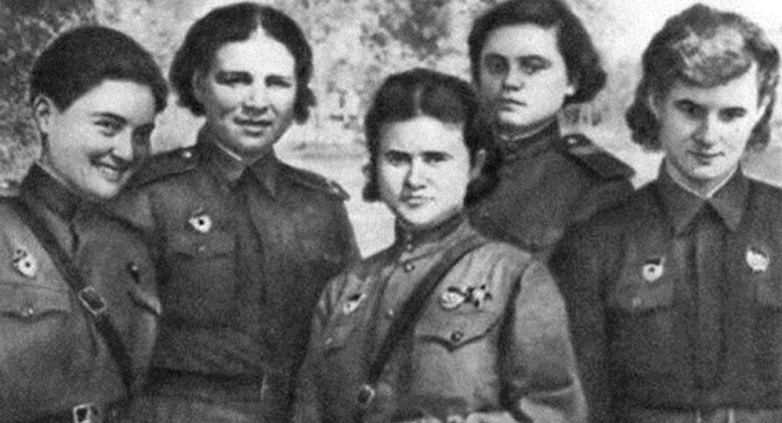
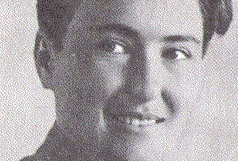
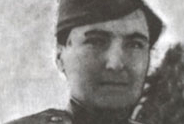
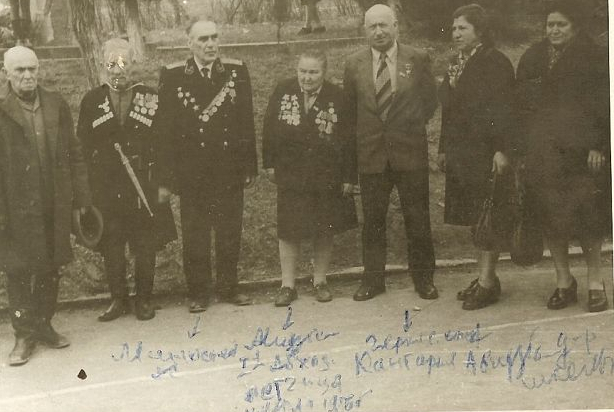
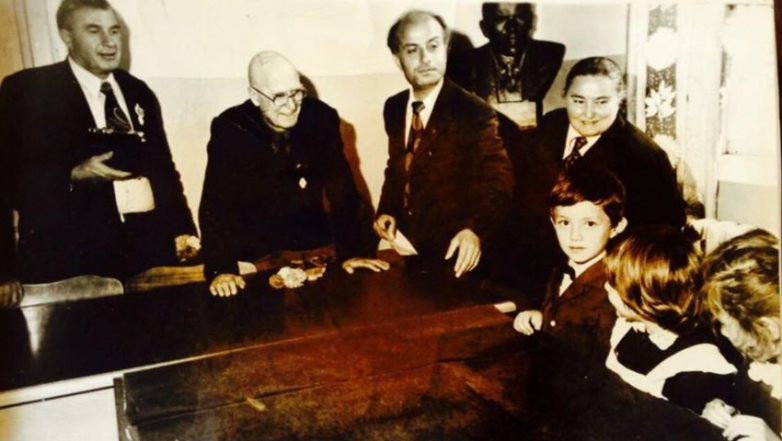
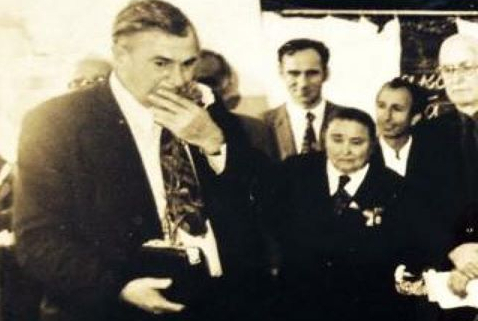
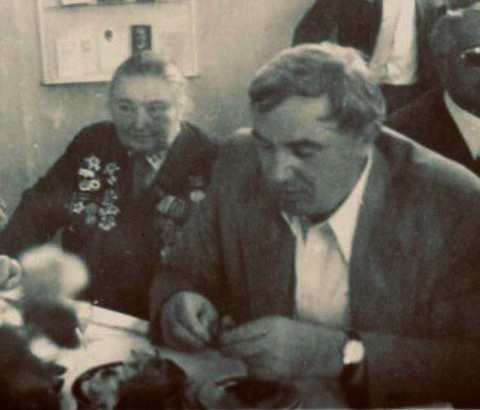
to login or register.